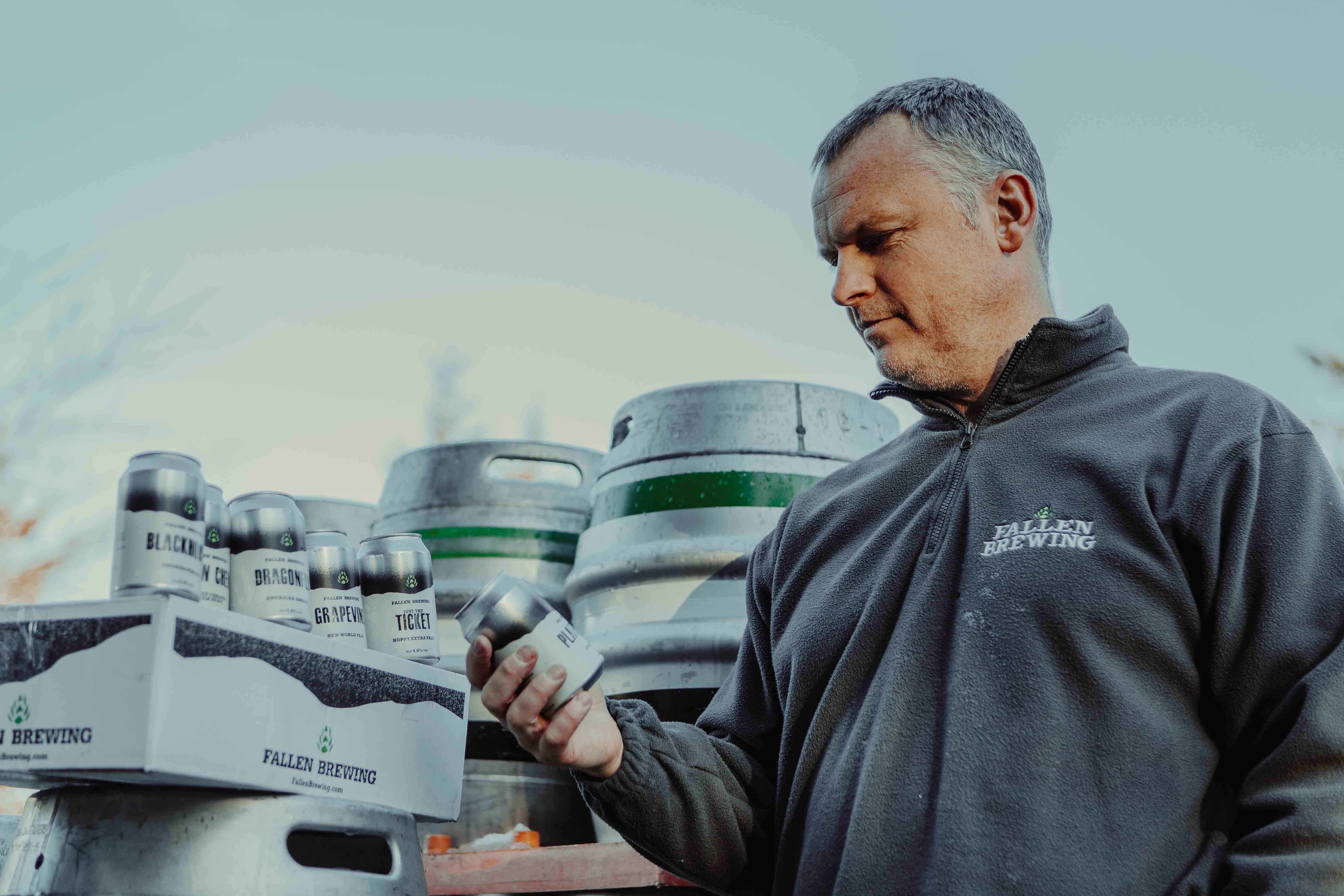Fallen Brewing of Stirlingshire, one of Scotland’s leading craft breweries, becomes one of the first in Scotland to install a canning line and move its entire beer range into cans.
Established in 2014, Fallen Brewing (pronounced Phalin) is situated in the old Kippen Railway Station.
Its range is made using only pure, soft Scottish mountain water and what the brewer says are the best hops and malts from around the world.
“We’ve always wanted to produce the best quality beers for customers,” said managing director Paul Fallen.
“We decided to invest in our own canning line as we believe that having control of the entire production process gives us the best chance of producing great beers.”
Fallen invested £200,000 in an American Beer Equipment canning line, the ‘Craft Can 15’ supplied by Vigo Ltd, which has an output of 900 cans per hour.
It also constructed a new building and installed new tanks to double capacity.
“It’s a massive step change in the way we work,” Paul continued. “We’ve been expanding rapidly since we started production in 2014 but we had reached a critical mass due to our laborious work processes.
“Half of our revenue was through bottle sales but the production was a highly labour intensive and time consuming.
“We really needed to automate our small pack production to continue to grow. We believe that a good proportion of growth is going to come from small pack cans.
“Keg and cask is growing too but not at the same rate. So, we weighed up the benefits of can versus bottle, it was a big decision and a huge investment.
“There will always be a place for bottles in the marketplace but for us the practicalities of cans as vessels for holding and transporting beer made them the obvious choice.
“They keep the beer fresher for longer, they’re light, efficient to stack, easy to recycle and more robust than glass bottles. We can store more, ship more and reduce our carbon footprint, and at the end of the supply chain, the drinker gets a fresher, better quality product to enjoy.”
